Overview
The article outlines seven essential steps for building portfolios featuring high-quality 3D renderings, emphasizing the importance of mastering techniques such as lighting, texturing, and composition to create visually compelling and diverse architectural visuals. These steps are supported by discussions on the significance of showcasing versatility, maintaining a narrative around the creative process, and regularly updating the portfolio to reflect current skills and industry trends, thus ensuring effective communication and client satisfaction in architectural projects.
Introduction
In the rapidly evolving landscape of architectural visualization, the mastery of 3D rendering has emerged as a pivotal skill for professionals seeking to distinguish themselves in a competitive market. This article delves into the essential components of high-quality renderings, from the foundational elements of geometry, lighting, and texturing to the nuanced techniques that enhance the viewer’s experience.
As the global demand for sophisticated visualizations continues to rise, understanding the intricacies of the rendering process becomes increasingly critical for architects. By exploring diverse styles and project types within a well-curated portfolio, professionals can effectively communicate their technical prowess and creative vision.
This comprehensive guide not only highlights the importance of contextualizing design work but also emphasizes the need for continuous evolution of one’s portfolio to reflect current industry standards and innovations. Through a detailed examination of effective practices and case studies, it aims to equip architects with the insights necessary to elevate their rendering capabilities and foster meaningful client relationships.
Understanding the Basics of 3D Rendering
3D visualization is a complex procedure that converts a three-dimensional model into a two-dimensional image using advanced computer software. This process is underpinned by several fundamental components:
- Geometry
- Lighting
- Shading
- Texturing
Each playing a critical role in the quality of the final output. Geometry encompasses the shapes and structures of the objects being rendered, forming the foundational framework of the image.
Lighting is paramount, as it not only establishes the mood but also enhances the realism of the scene. Effective use of shading and texturing introduces depth and intricacy, elevating the image’s lifelike qualities. Mastery of these elements is essential for architects aiming to produce high-quality visuals that stand out in a competitive market.
As the global 3D visualization software market is projected to grow significantly, with a CAGR of 20.28% from 2024 to 2033, understanding these fundamentals is increasingly crucial. Major players in this space—such as Adobe Systems Inc, Autodesk Inc, and NVIDIA Corporation—set industry standards that architects must be aware of. Furthermore, securing favorable terms during vendor negotiations can enhance project outcomes; as one expert advises, ‘Understand market rates, communicate clearly, and build lasting relationships.’
In the realm of architectural visuals, the appropriate level of detail is vital for effectively showcasing functionality and aesthetics, thereby enhancing client satisfaction and improving stakeholder communication. For instance, when depicting a townhome, including detailed textures on surfaces, accurate lighting effects, and realistic landscaping can significantly enhance the viewer’s understanding of the space.
The case study titled ‘The Power of Pre-Sales Visualization’ demonstrates how our visualizations act as a link between concept and reality, empowering developers by offering a tangible asset that sparks interest and investment long before the physical realization of the venture.
This method not only generates crucial revenue for construction but also reinforces confidence in the undertaking. By familiarizing yourself with these techniques, such as using detailed floor plans and 3D walkthroughs, you can learn the steps to building portfolios with high-quality 3D renderings that showcase your expertise and adaptability in this rapidly evolving field. Moreover, think about incorporating visual tools such as annotated illustrations to address potential design misinterpretations—an approach that can greatly improve contractor communication and overall clarity of the undertaking.
Showcasing Versatility and Technical Skills in Your Portfolio
To create a successful 3D visualization portfolio, it is essential to follow the steps to building portfolios with high-quality 3D renderings that exemplify a diverse array of styles and techniques, demonstrating the architect’s versatility in various design contexts. To underscore adaptability, it is essential to include a spectrum of project types—ranging from residential and commercial buildings to conceptual designs—as part of the steps to building portfolios with high-quality 3D renderings. Furthermore, showcasing different visualization approaches, including photorealistic, artistic, and illustrative styles, are important steps to building portfolios with high-quality 3D renderings that can significantly enhance the portfolio’s appeal.
A keen focus on precision and detail is paramount in the steps to building portfolios with high-quality 3D renderings, as aspects such as the way sunlight interacts with surfaces and the textures of materials contribute to capturing the essence of a design. Including behind-the-scenes content, like images or videos that illustrate your modeling, texturing, and lighting techniques, enhances depth and understanding of your technical skills, which are essential in the steps to building portfolios with high-quality 3D renderings, reflecting the collaborative workflow at J. Scott Smith Visual Designs, involving initial communication, briefs, and careful detail modeling. This dual approach not only highlights your finished work but also illustrates the steps to building portfolios with high-quality 3D renderings, providing potential clients and employers with a glimpse into your creative methodology, making your portfolio a powerful tool for differentiation in a competitive market.
Notably, the percentage of respondents printing more than 1,000 parts rose from 4.7% in 2022 to 6.2% in 2023, reflecting a growing trend in the industry that underscores the importance of showcasing a robust portfolio. Furthermore, advancements in post-processing technologies, as elaborated in the case study on innovations in this field, emphasize the steps to building portfolios with high-quality 3D renderings that can improve the quality of 3D visualizations and, as a result, enhance portfolio presentation. As Debra Coleman, an ICF-accredited coach with over 25 years in the VFX industry, emphasizes, ‘the ability to showcase technical skills alongside creative vision is paramount for success in the field,’ reinforcing the idea that the steps to building portfolios with high-quality 3D renderings are crucial for architects aiming to stand out.
Client testimonials, including those from Kirk Bianchi, who remarked, ‘Scott’s attention to detail made our project shine,’ serve as strong endorsements of the process and its effect on client satisfaction.
Essential Techniques for High-Quality 3D Renderings
To achieve exceptional 3D renderings that facilitate design development and client evaluation, it is crucial to master the following essential techniques:
Lighting: Effective lighting is foundational in creating depth and realism in 3D scenes. A blend of natural and artificial light sources enhances visual interest and highlights textures. Experimenting with various angles and intensities allows architects to discover the most flattering effects for their designs. Recent insights emphasize that understanding lighting techniques can significantly impact image quality. As noted by Benjamin Ummenhofer, “We provide a systematic evaluation of current state-of-the-art inverse techniques and deliver a comprehensive analysis,” underscoring lighting’s critical role in achieving perceptual accuracy.
Texturing: High-resolution textures are vital for adding intricate details to models. It’s essential to consider how materials interact with light and exhibit aging characteristics, which contribute to overall realism. The latest techniques in texturing reveal that quality directly affects the perceptual accuracy of 3D visualizations, aligning with findings from various studies that show how texture quality impacts viewer experience and enhances understanding.
Composition: Adhering to compositional principles is essential for creating visually engaging images. Strategies such as the rule of thirds, leading lines, and carefully placed focal points can effectively guide the viewer’s eye, enhancing the narrative of the architectural design and facilitating communication between architects and clients.
Post-Processing: Utilizing advanced software like Photoshop is crucial for enhancing images. Adjustments to colors, contrast, and sharpness can elevate the final product, ensuring it meets the high standards expected in professional presentations. This step is increasingly recognized as a best practice in the industry, allowing architects to achieve a polished aesthetic that captivates clients and stakeholders alike.
Additionally, insights from case studies on training times for different methods highlight the efficiency of pre-generated meshes versus training from scratch, providing valuable information for practitioners seeking to optimize their training approaches in 3D reconstruction.
Initial conceptual illustrations provide numerous benefits, such as rapid visualization of concepts, economical exploration, informed decision-making, improved communication, and assistance for an iterative development approach. By concentrating on the steps to building portfolios with high-quality 3D renderings, architects can improve the quality and influence of their visuals, ultimately leading to more effective communication of their creative visions and better-informed decision-making activities.
3D house visualization is the method of producing three-dimensional images of a house layout using specialized software. These illustrations offer a realistic depiction of the house, featuring elements such as textures, lighting, and landscaping, enabling clients to view a comprehensive preview of their plans before construction starts.
Contextualizing Your Work: Process and Philosophy
Contextualizing your creative work is paramount in the realm of architectural rendering. When showcasing your work, it is crucial to clearly express the steps to building portfolios with high-quality 3D renderings, along with your development method and philosophy. Each project should detail the steps to building portfolios with high-quality 3D renderings, outlining the objectives, challenges faced, and solutions implemented.
Emphasizing your inspirations and their influence on the final result can offer greater understanding of your creative journey. This narrative not only showcases your technical proficiency but also underscores your ability to think critically and creatively. Clients and stakeholders greatly value understanding the steps to building portfolios with high-quality 3D renderings, as this knowledge establishes your expertise and differentiates you from competitors.
Furthermore, the integration of 3D rendering aids in the steps to building portfolios with high-quality 3D renderings, enhancing communication by providing stakeholders with visualizations that clarify complex aspects of the endeavor, ultimately leading to improved outcomes and client satisfaction. Significantly, companies utilizing Building Information Modeling (BIM) report an average time saving of 20% on assignments, demonstrating the efficiency and cost-effectiveness of these practices. Furthermore, pre-sales visualization serves as a tangible asset for developers, generating crucial revenue long before the physical realization of an endeavor.
Case studies demonstrate that these visualizations significantly improve communication between homeowners and builders, fostering a better understanding of details. The role of lighting also cannot be overlooked, as contrasting artificial lighting in interiors with natural sunlight in exteriors showcases functionality and aesthetics. Overall, these elements reinforce the significance of clear communication in architectural visualization, inspiring feedback and buy-in from stakeholders.
Maintaining and Evolving Your Portfolio Over Time
To ensure your portfolio remains relevant in the fast-paced realm of architectural visualization, it is crucial to engage in regular updates that reflect your latest projects while phasing out outdated work. Allocating time annually for a thorough evaluation of your portfolio enables an assessment of its effectiveness and relevance, which are crucial steps to building portfolios with high-quality 3D renderings. These illustrations not only improve communication but also enable designers and developers to address potential design problems early, ensuring smoother workflows from concept to completion.
The joint rendering procedure starts with initial meetings to comprehend objectives and specific rendering requirements, nurturing a strong client relationship from the outset. Throughout the endeavor, feedback loops are essential, allowing for adjustments and refinements that cater to client preferences and enhance satisfaction. This process enhances critical thinking and problem-solving skills—key components of creativity in learning—and ensures that your portfolio showcases your evolving capabilities as a professional.
In today’s digital landscape, where approximately 75% of collaborative creative work occurs online, gathering feedback from peers and mentors can provide valuable insights into areas for improvement, further emphasizing the importance of storytelling in translating architectural visions into compelling visuals. Furthermore, initiatives like the Creative Industries Grant Awards, which direct funding toward enhancing local creative economies, underscore the importance of fostering creativity in professional development. Staying attuned to these industry trends not only informs new techniques and styles to incorporate into your work but also demonstrates a commitment to ongoing professional growth.
As you update your portfolio, remember to showcase your value and achievements, akin to negotiating a raise in Transportation Planning, which signals your dedication to excellence and growth within the architectural field. Additionally, highlighting the steps to building portfolios with high-quality 3D renderings, as well as the customization and revisions involved in rendering projects, can clarify the investment required for unique visualizations and further illustrate the value of quality 3D renderings in architectural vision.
Conclusion
In the realm of architectural visualization, mastering 3D rendering is not merely an asset but a necessity for professionals aspiring to excel in a competitive landscape. The foundational elements of geometry, lighting, shading, and texturing are integral to producing high-quality renderings that effectively communicate design intent. As the industry continues to evolve, architects must remain attuned to advancements in rendering technologies and techniques, ensuring their skills are aligned with current standards. Emphasizing the importance of detailed and context-rich presentations, this guide illustrates how a well-crafted portfolio, showcasing versatility across various styles and project types, can significantly enhance an architect’s marketability.
The techniques discussed, including effective lighting, high-resolution texturing, and thoughtful composition, are pivotal in achieving renderings that resonate with clients and stakeholders. By contextualizing design work through clear narratives and showcasing the rendering process, architects can foster stronger relationships and improve project outcomes. Additionally, the continuous evolution of one’s portfolio is essential, reflecting not only past accomplishments but also a commitment to professional growth and adaptability in an ever-changing industry.
Ultimately, the insights provided equip architects with the tools necessary to elevate their rendering capabilities, reinforcing the critical role that high-quality visualizations play in bridging the gap between concept and reality. As the market for architectural visualization expands, those who embrace these practices will not only enhance their technical proficiency but also position themselves as leaders in the field, capable of delivering compelling visual narratives that inspire confidence and investment from clients.
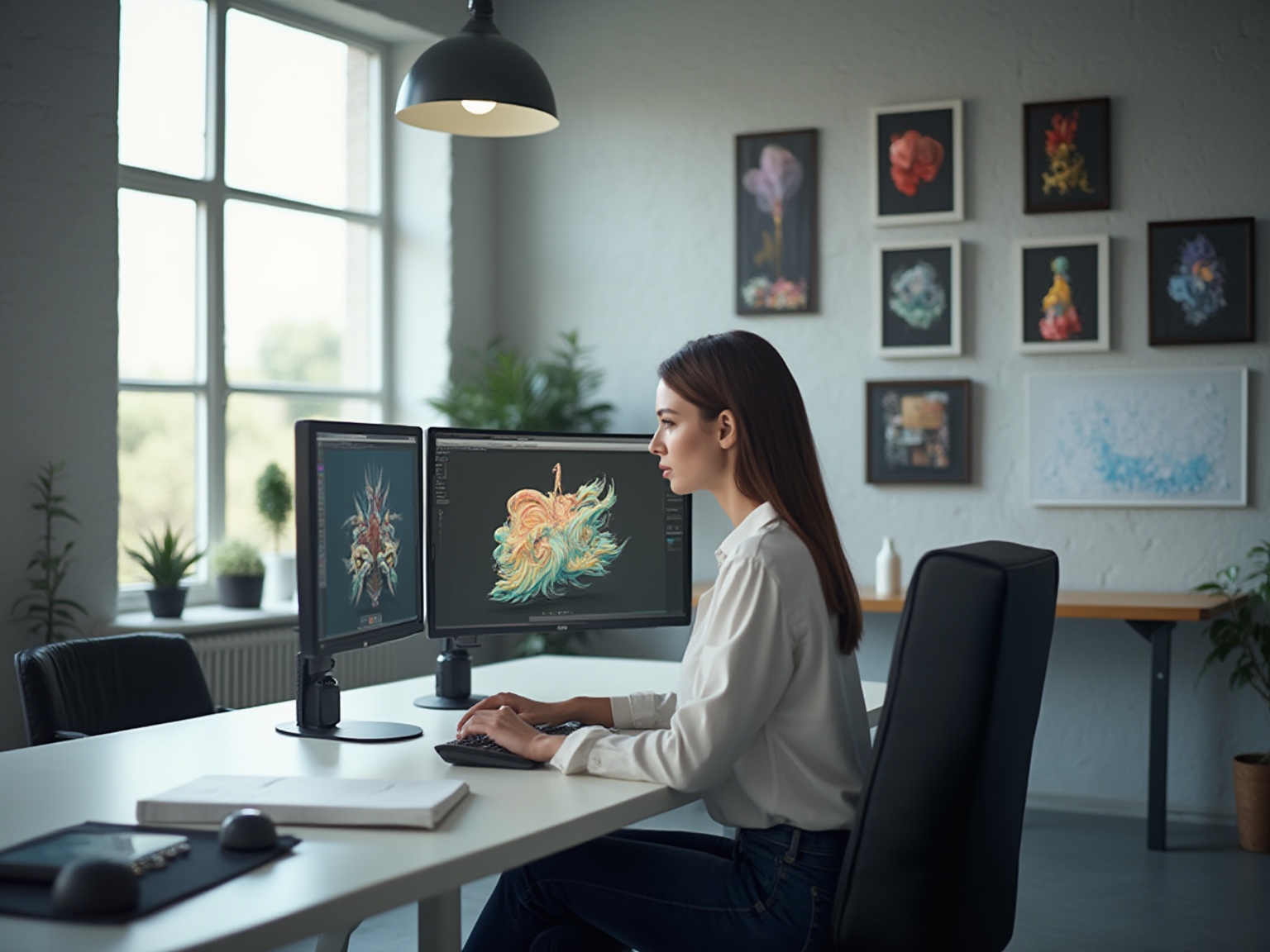
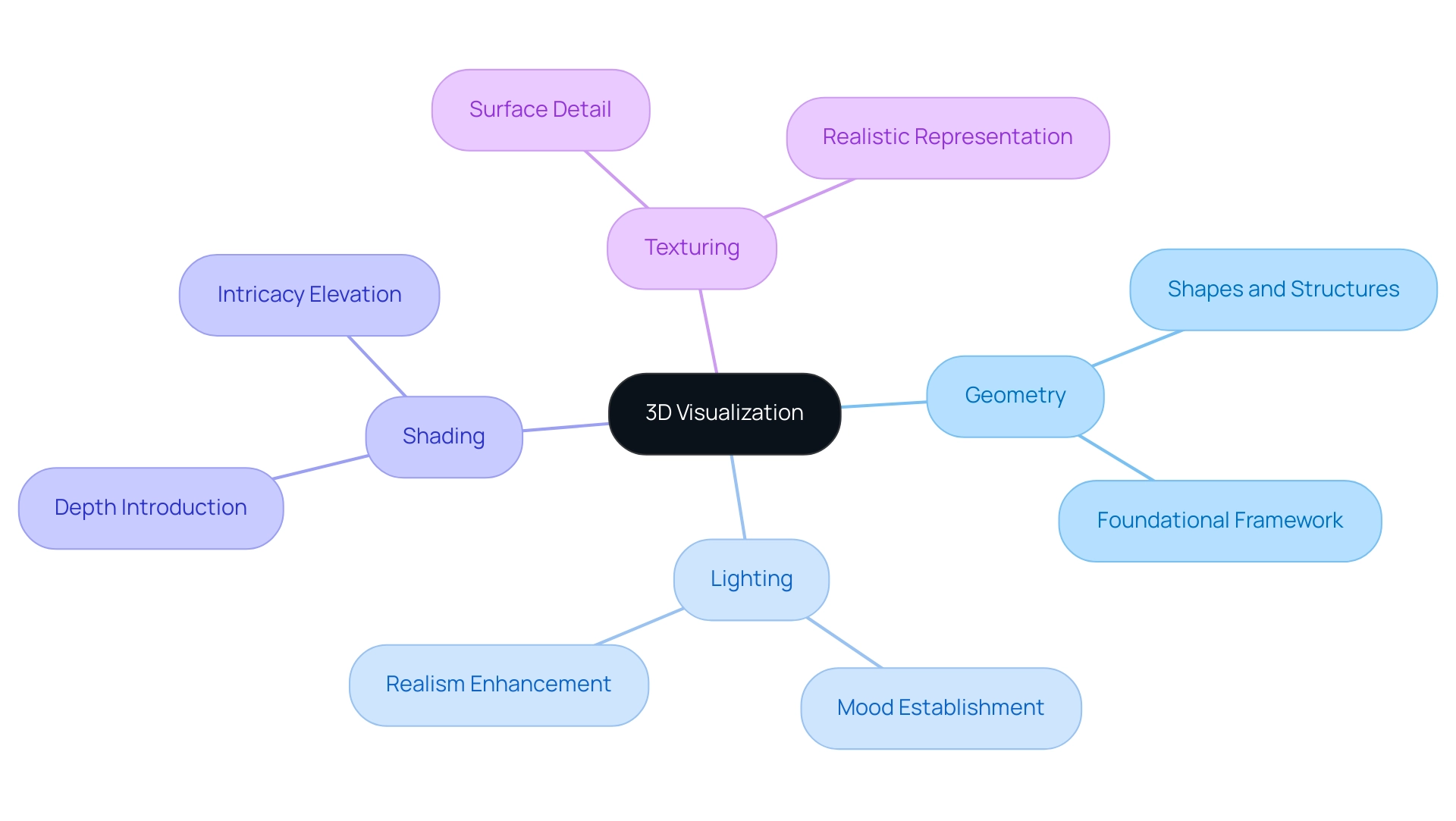
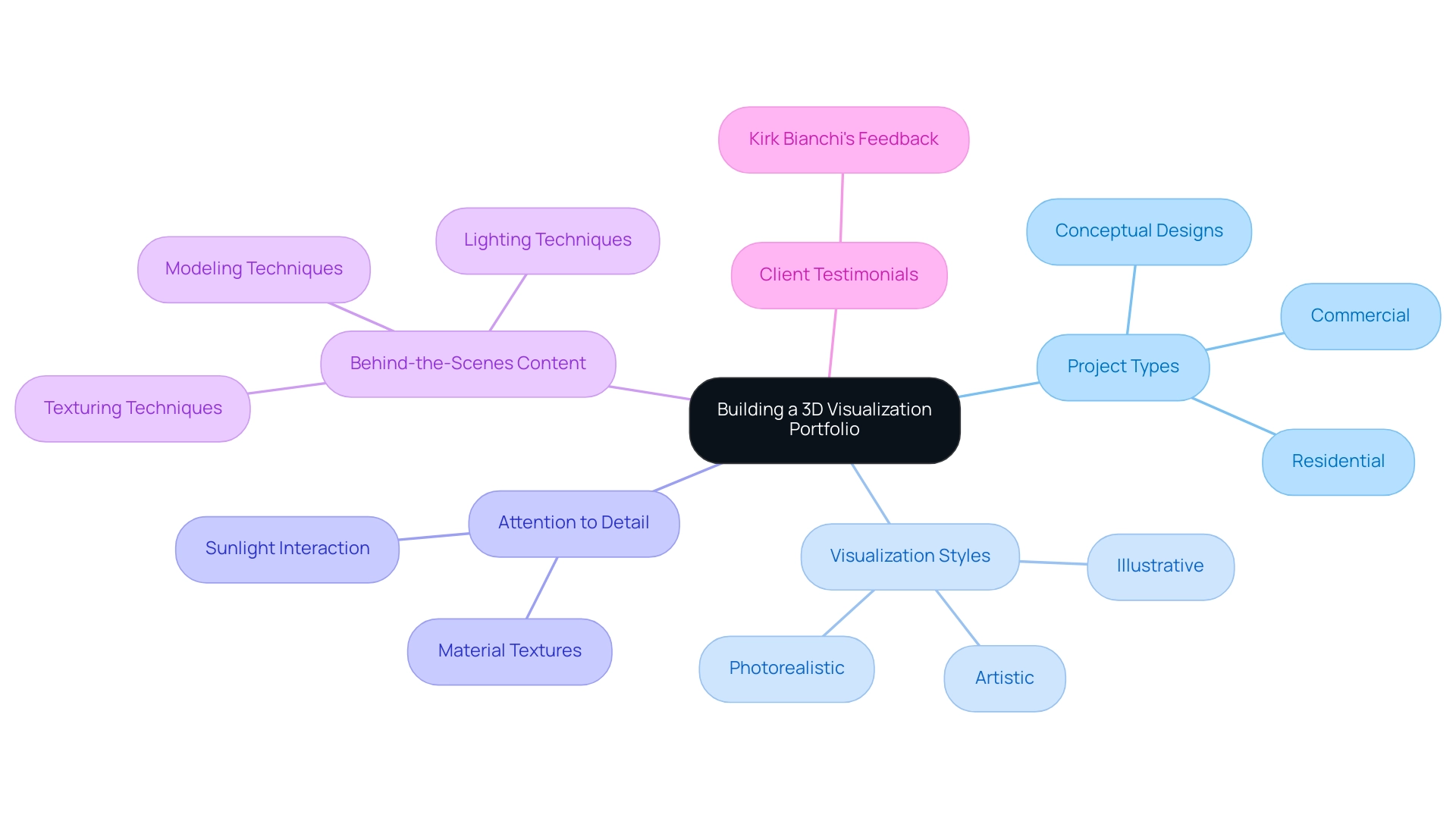
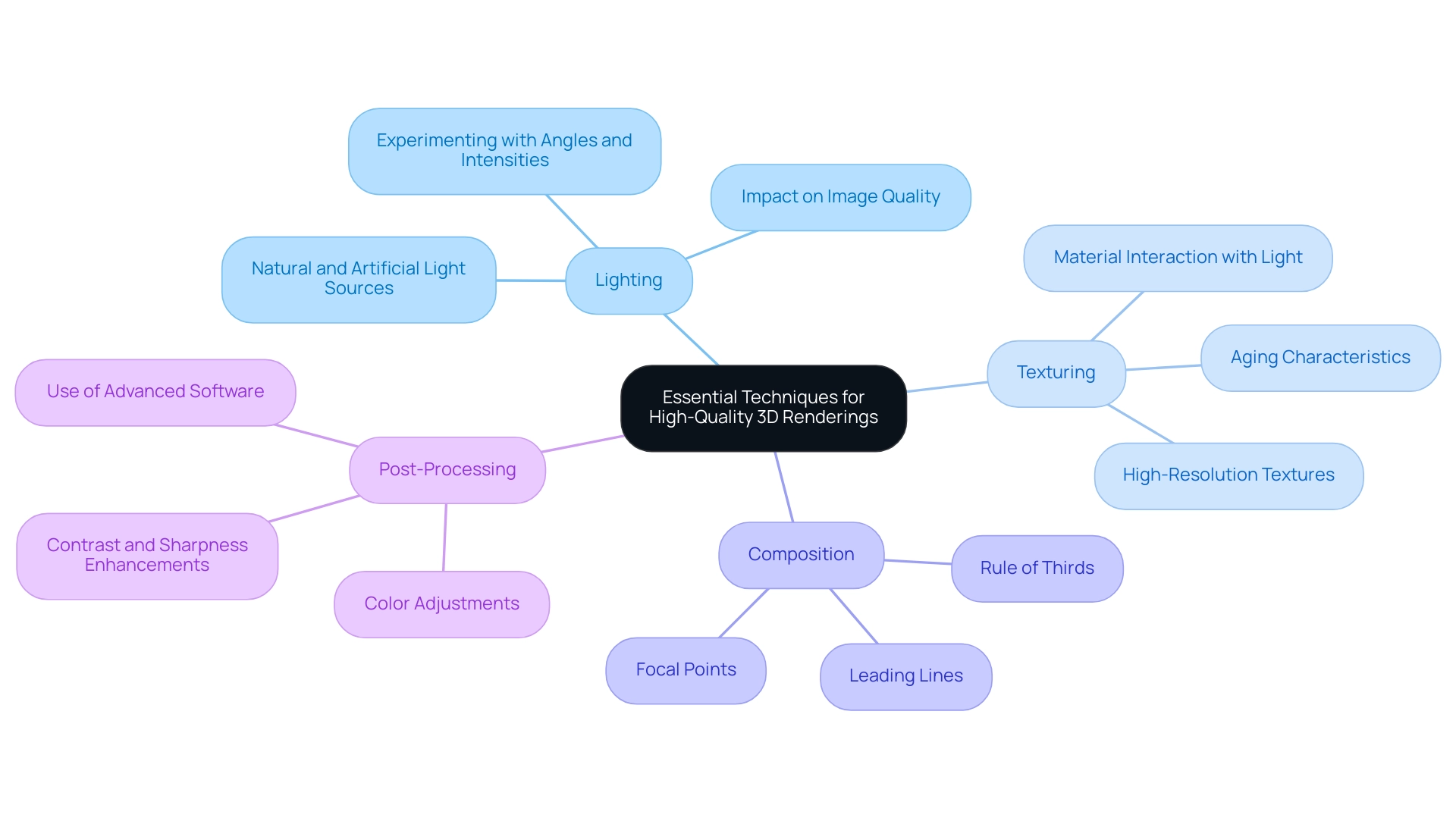
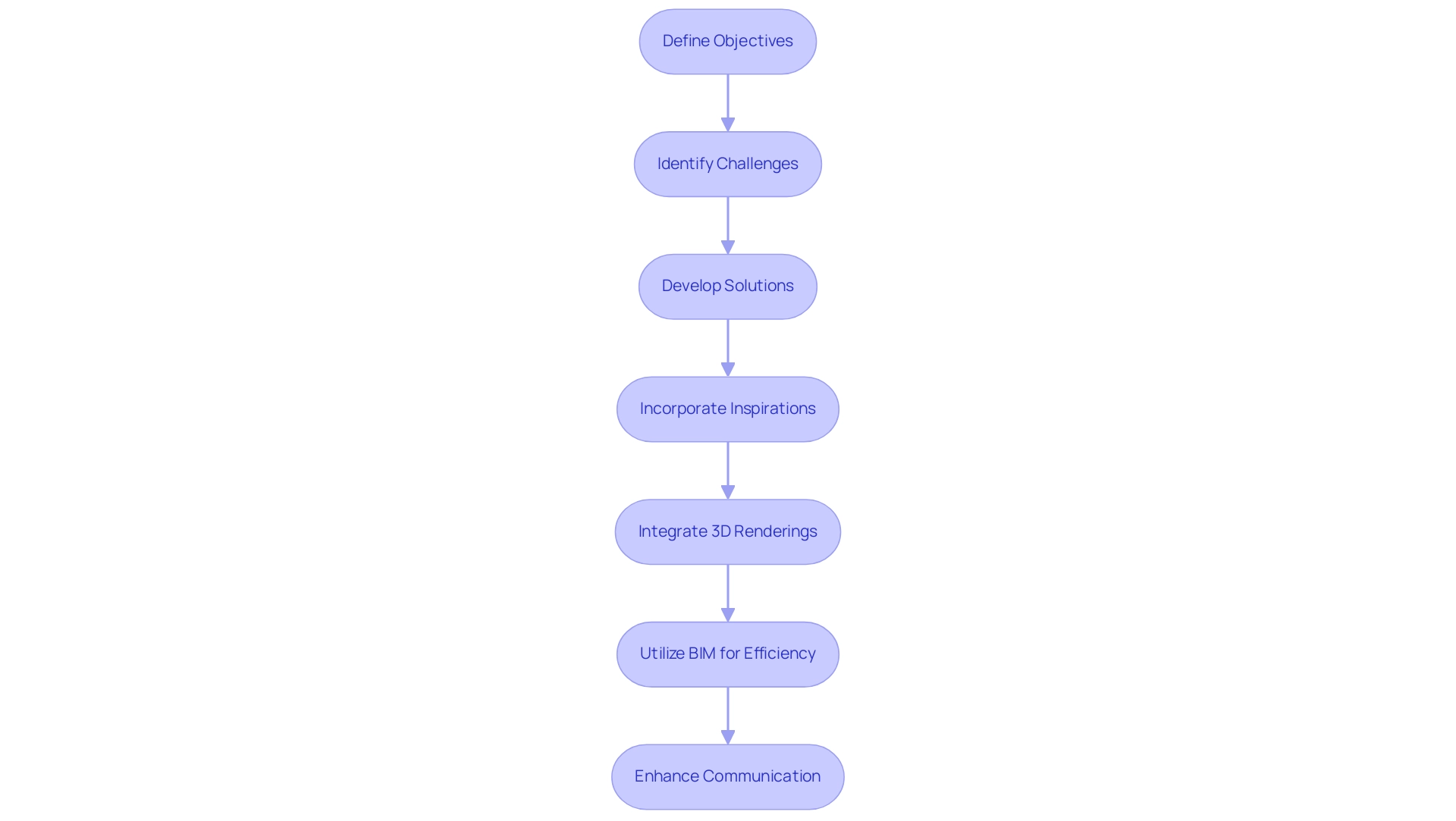
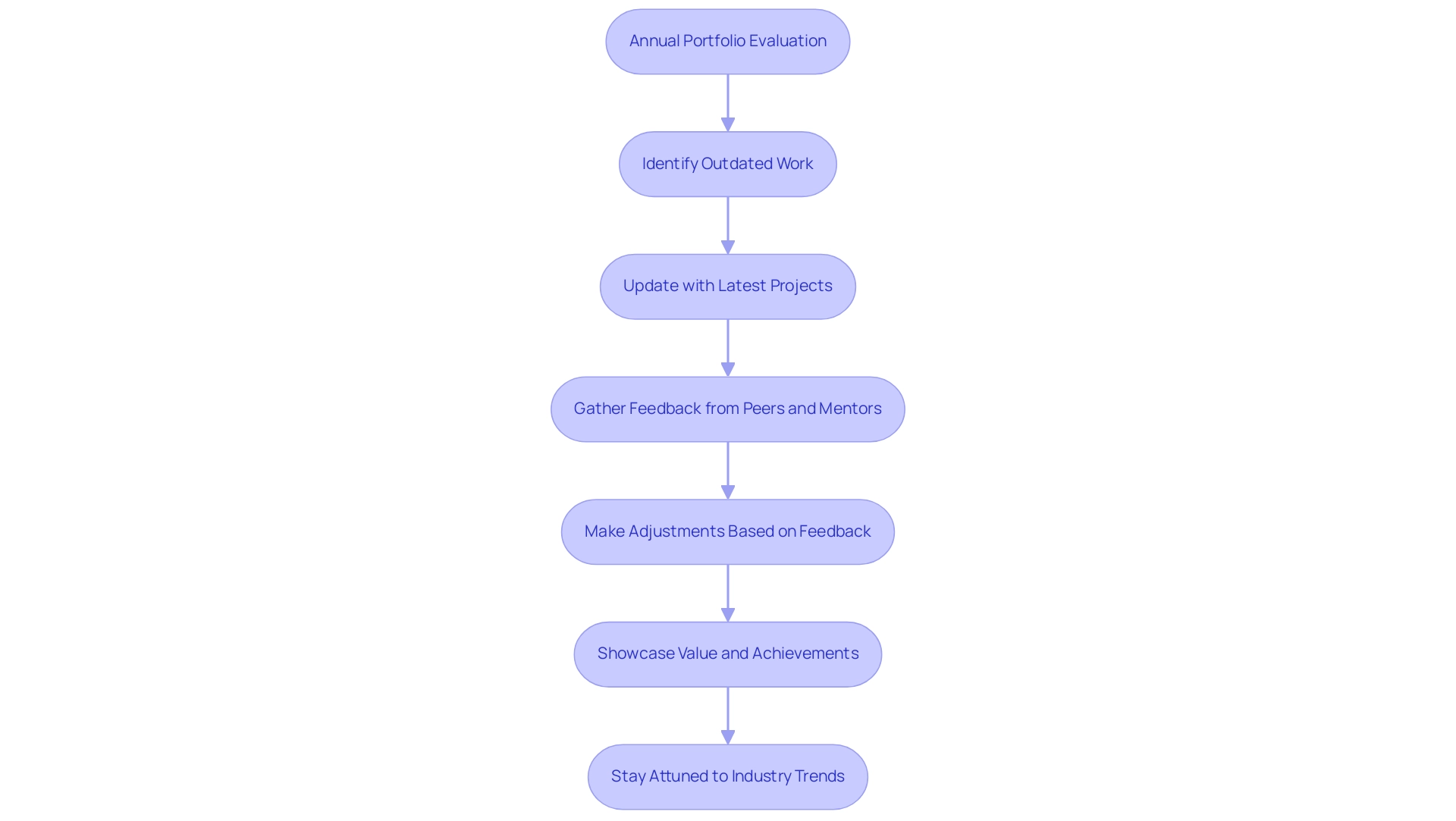
0 Comments